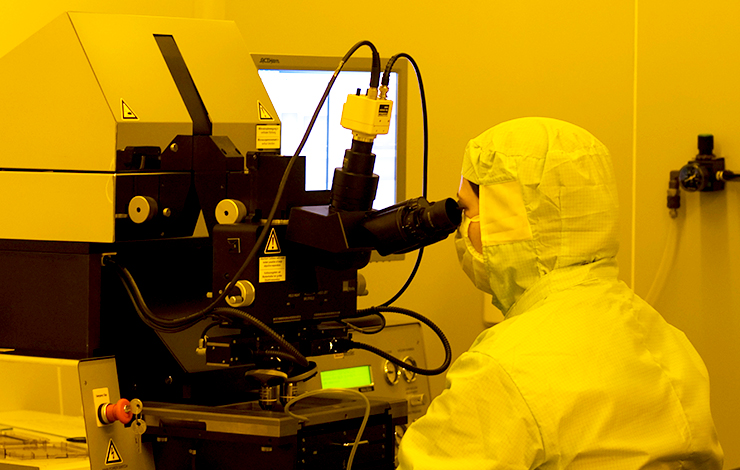


Photocatalytic behavior of TiO2 films synthesized by microwave irradiation
| Title | Photocatalytic behavior of TiO2 films synthesized by microwave irradiation |
| Publication Type | Journal Article |
| Year of Publication | 2016 |
| Authors | Nunes D a, Pimentel A a, Pinto JV a, Calmeiro TR a, Nandy S a, Barquinha P a, Pereira L a, c Carvalho PA b, Fortunato E a, Martins R a |
| Journal | Catalysis Today |
| Volume | 278 |
| Pagination | 262-270 |
| ISSN | 09205861 |
| Keywords | Aromatic compounds, Crystalline materials, Crystallographic orientations, Energy gap, Hydrochloride acid, Irradiation, Methylene blue degradations, Microwave irradiation, Nano-rod arrays, Nanorods, Oxide minerals, Photocatalysis, Photocatalytic activities, Photocatalytic behaviors, Reusability, Rutile structure, Seed layer, Solutions, Substrates, Tin, Tin dioxide, Tin oxides, Titanium, Titanium dioxide, Titanium oxides, X ray diffraction |
| Abstract | Titanium dioxide was synthesized on glass substrates from titanium (IV)isopropoxide and hydrochloride acid aqueous solutions through microwave irradiation using as seed layer either fluorine-doped crystalline tin oxide (SnO2:F) or amorphous tin oxide (a-SnOx). Three routes have been followed with distinct outcome: (i) equimolar hydrochloride acid/water proportions (1HCl:1water) resulted in nanorod arrays for both seed layers; (ii) higher water proportion (1HCl:3water) originated denser films with growth yield dependent on the seed layer employed; while (iii) higher acid proportion (3HCl:1water) hindered the formation of TiO2. X-ray diffraction (XRD) showed that the materials crystallized with the rutile structure, possibly with minute fractions of brookite and/or anatase. XRD peak inversions observed for the materials synthesized on crystalline seeds pointed to preferred crystallographic orientation. Electron diffraction showed that the especially strong XRD peak inversions observed for TiO2 grown from the 1HCl:3water solution on SnO2:F originated from a [001] fiber texture. Transmittance spectrophotometry showed that the materials with finer structure exhibited significantly higher optical band gaps. Photocatalytic activity was assessed from methylene blue degradation, with the 1HCl:3water SnO2:F material showing remarkable degradability performance, attributed to a higher exposure of (001) facets, together with stability and reusability. © 2015 Elsevier B.V. |
| URL | https://www.scopus.com/inward/record.uri?eid=2-s2.0-84994054745&doi=10.1016%2fj.cattod.2015.10.038&partnerID=40&md5=0b13d7224836ef6b8fc4f7197572a556 |
| DOI | 10.1016/j.cattod.2015.10.038 |








